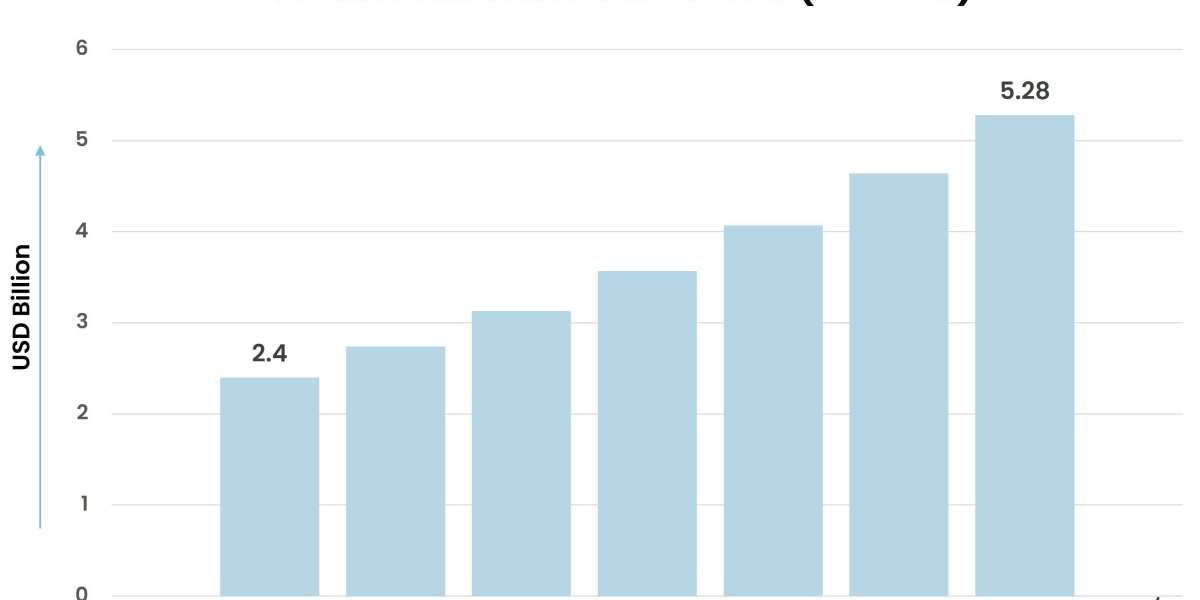The wearable materials market has experienced remarkable growth over the past decade, driven by increasing demand for wearable technologies across various sectors. These materials, which include flexible electronics, biocompatible polymers, and conductive textiles, play a pivotal role in enhancing the functionality, durability, and user experience of wearable devices. Here’s a closer look at the key industry catalysts fueling this growth.
According to Stratview Research, the wearable materials market was estimated at USD 2.4 billion in 2022 and is likely to grow at a CAGR of 14.02% during 2023-2028 to reach USD 5.28 billion in 2028.
- Rising Adoption of Wearable Devices
Wearable devices, such as smartwatches, fitness trackers, and medical monitoring tools, have become integral to modern lifestyles. These devices demand materials that offer flexibility, lightweight properties, and durability. As the adoption of wearable technology increases globally, the demand for advanced materials grows proportionately.
- Healthcare and Medical Applications
The healthcare sector is one of the most significant drivers of the wearable materials market. Wearables designed for monitoring vital signs, tracking chronic conditions, and enabling remote diagnostics require biocompatible and hypoallergenic materials to ensure patient safety and comfort. The aging population and a focus on preventive healthcare further boost the need for such specialized materials.
- Innovations in Material Science
Advancements in material science have introduced groundbreaking solutions such as stretchable electronics, self-healing polymers, and breathable fabrics. These innovations enable the creation of wearables that are not only functional but also aesthetically appealing, paving the way for broader adoption in consumer markets.
- Growing Interest in Fitness and Wellness
The global fitness and wellness trend continues to influence the wearable materials market. Materials that are sweat-resistant, water-repellent, and skin-friendly are essential for fitness trackers and smart apparel. This trend is particularly strong in regions with high consumer interest in health and lifestyle products.
- Sustainability and Eco-Friendly Materials
As sustainability becomes a priority for consumers and manufacturers alike, the focus has shifted toward recyclable and biodegradable materials. Wearables made from eco-friendly components cater to environmentally conscious consumers, providing a competitive edge for brands that adopt green practices.
- Regional Growth in Emerging Economies
Emerging markets, especially in Asia-Pacific and Latin America, are experiencing rapid adoption of wearable devices. Rising disposable incomes and increased smartphone penetration are driving demand for wearables, subsequently bolstering the market for wearable materials.
Conclusion
The wearable materials market is set to grow as innovation, sustainability, and consumer demand continue to shape the industry. By addressing these catalysts, manufacturers can seize the opportunity to expand their market presence and drive technological advancement in the wearable sector.














